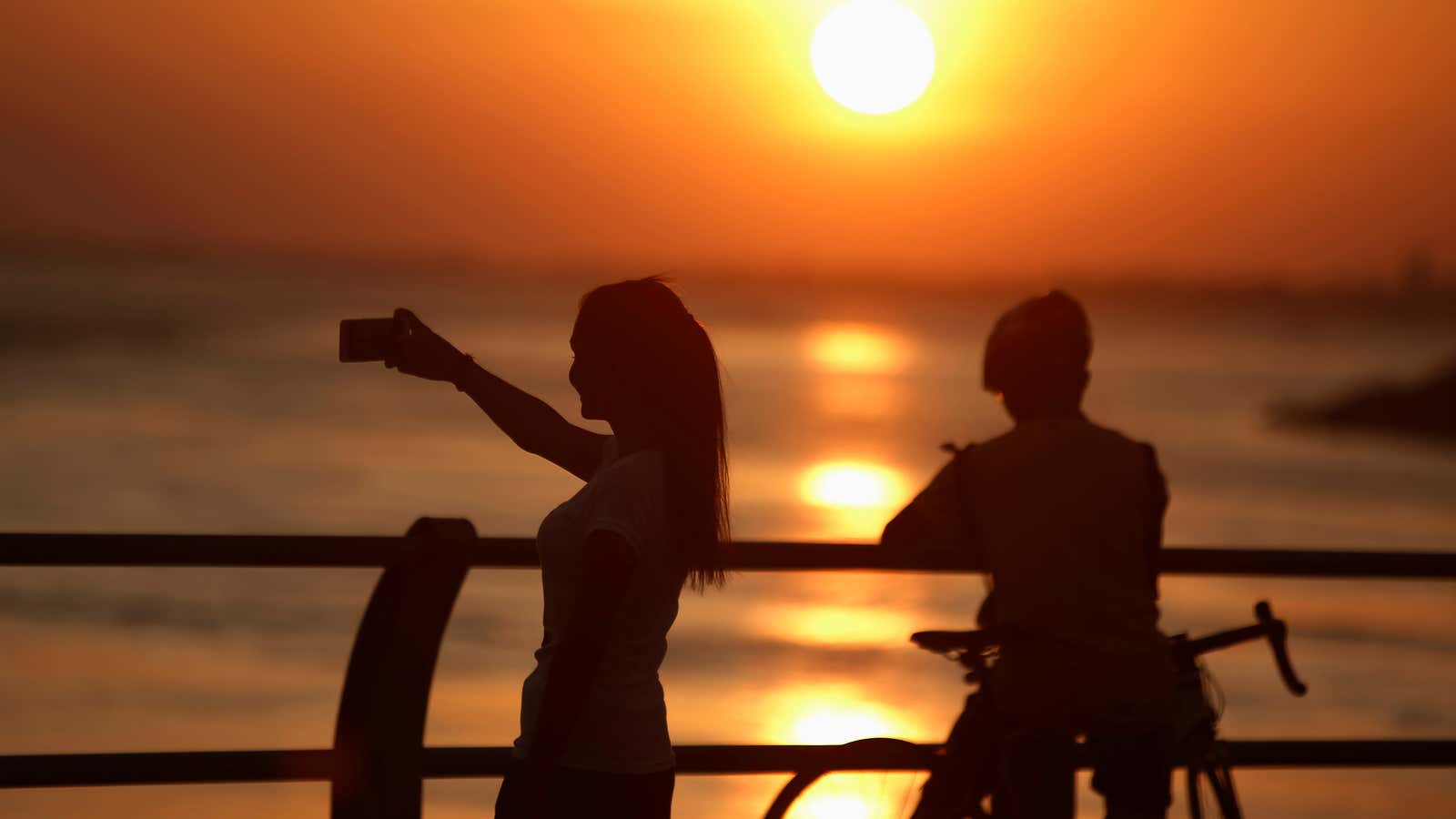Black Friday, the ultimate American consumerist holiday, has in recent years been exported to the rest of the world. In the UK, department store John Lewis had the busiest single hour in online sales ever during last year’s shopping frenzy. Amazon France, meanwhile, is offering deals just like its US counterpart.
But nowhere is the globalization of Black Friday more evident than on Instagram. As traditional retailers offer discounts and deals geared at luring shoppers, Instagram’s influencers—who essentially market their lifestyles—are also out in force. The social network is this week overflowing with well-coiffed subjects in over-lit photographs offering Black Friday deals in a plethora of languages. It’s a perfect confluence of 2018 phenomena.
Once a place to share artsy photographs with niche communities, Instagram has in the past few years become a true shopping destination. That’s by design: Parent company Facebook is banking on the platform’s e-commerce potential, building additional purchasing features into the app, and even reportedly designing an entire standalone shopping app.
Part of this shift has to do to brands, which have seized on the opportunity to market their products on a platform where many shoppers—especially the valuable demographic of young women—spend a great deal of time. But also important is the rise of the influencer, whose job is, for the most part, to portray an aspirational lifestyle that can be easily sold online. For their sponsored content, influencers get paid in cash or free products. Meanwhile, brands get easy advertising that reaches their target customers, while still feigning authenticity.
While there are influencers whose success is based on their originality and creativity, Instagram often incentivizes a certain uniformity: If something gets a lot of likes, the user is rewarded emotionally—that dopamine kick!—and if they are an influencer, the reward is also financial. Thus anything that consistently gets likes is likely to be repeated.
Influencers, not unlike regular Instagram users, follow certain templates and patterns set out by successful predecessors, whether it’s natural-looking lighting and wavy blonde tresses, or Kardashian-like sex appeal. The internet is global, so these trends easily spread, and everyone, regardless of what language they write their caption in, starts looking the same.
All of those forces—rampant consumerism, an obsession with finding deals, an inability to stop comparing our real lives to the fake lives portrayed by people online—converge on Black Friday, a paragon of American-style consumerist culture that has already traversed the globe. When the whole world is in a shopping mindset, the influencer can’t afford to miss out on the opportunity. Especially if global shipping is involved.
